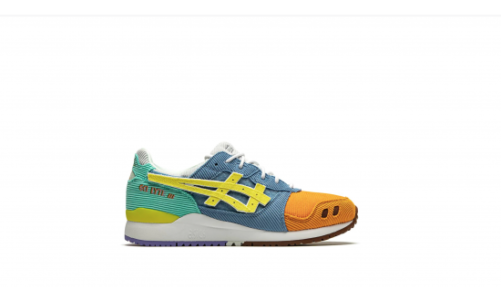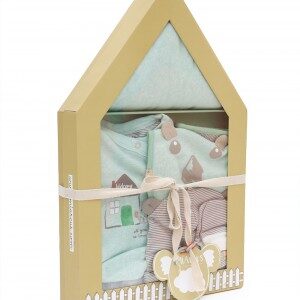Earplugs protect the ear from loud noises, foreign objects, dust, cold, and strong wind. They’re primarily utilized in the workplace to protect workers’ hearing from loud noises produced by power tools or heavy machines. In addition, earplugs are frequently used to help prevent hearing loss and tinnitus because they limit sound volume.
The inner ear can be damaged by prolonged or repetitive exposure to loud noises. Hearing loss, ringing in the ears, vertigo, and other non-auditory consequences, such as an increased heart rate and blood pressure, can all occur due to this.
Earplugs are available as customized and non-customized, but the customized options will consistently deliver better protection as they are suited to your needs. Earplugs can be used in various scenarios, and the situation in which you want to wear them will determine which one is best for you. How To Get The Best Knowledge For Latest Fashion Trends
For hearing protection, there are four primary types of earplug fittings.
- Earplugs made of foam
- Earplugs made of wax
- Silicone earplugs with flanges
- Earplugs with a custom fit
When putting in your earplugs, make sure to do the following:
- To prevent infections from entering the ear, wash your hands before inserting the earplugs.
- Look for tears, splits, or hardness in the earplugs.
- To insert a pliable foam plug, roll it between your fingers and thumb to flatten it out and check sure there are no wrinkles or creases.
- Pull your ear upward with one hand behind your head to enlarge the auditory canal. Place the plug inside your ear and keep it there until it expands.
- To enlarge your auditory canal, reach behind your head with one hand and pull your ear upward.
- Place the plug inside your ear and keep it there until it expands. Don’t be frightened to put the plug inside your ear. Because the plugs are too short of reaching your eardrum, you cannot injure it. The earplug will not be effective if the seal is not tight.
- Remember to clean and preserve your earplugs appropriately.
Soft plastic, PVC, silicone, and Polyurethane are the most common materials used to make ear plugs. When worn correctly, they provide effective sound attenuation.
The following are some of the benefits of wearing earplugs:
- Earplugs are lightweight and portable.
- They are straightforward to use and store.
- Earplugs provide more protection at lower frequencies than ear-muffs.
- The gear is available in a variety of noise reduction ratings.
- They are inexpensive, i.e., affordable, making them cheap to buy and replace.
- Earplugs can also be custom-molded for individual workers.
Every tool that has ever been created has flaws, and earplugs are no exception:
- Earplugs can be challenging to insert and remove, especially for those with a narrow ear canal.
- Because it might transfer debris into the ear canal, it also necessitates appropriate personal hygiene.
- Earplugs can irritate the ear canal if misused.
Choose your earplugs accordingly!



